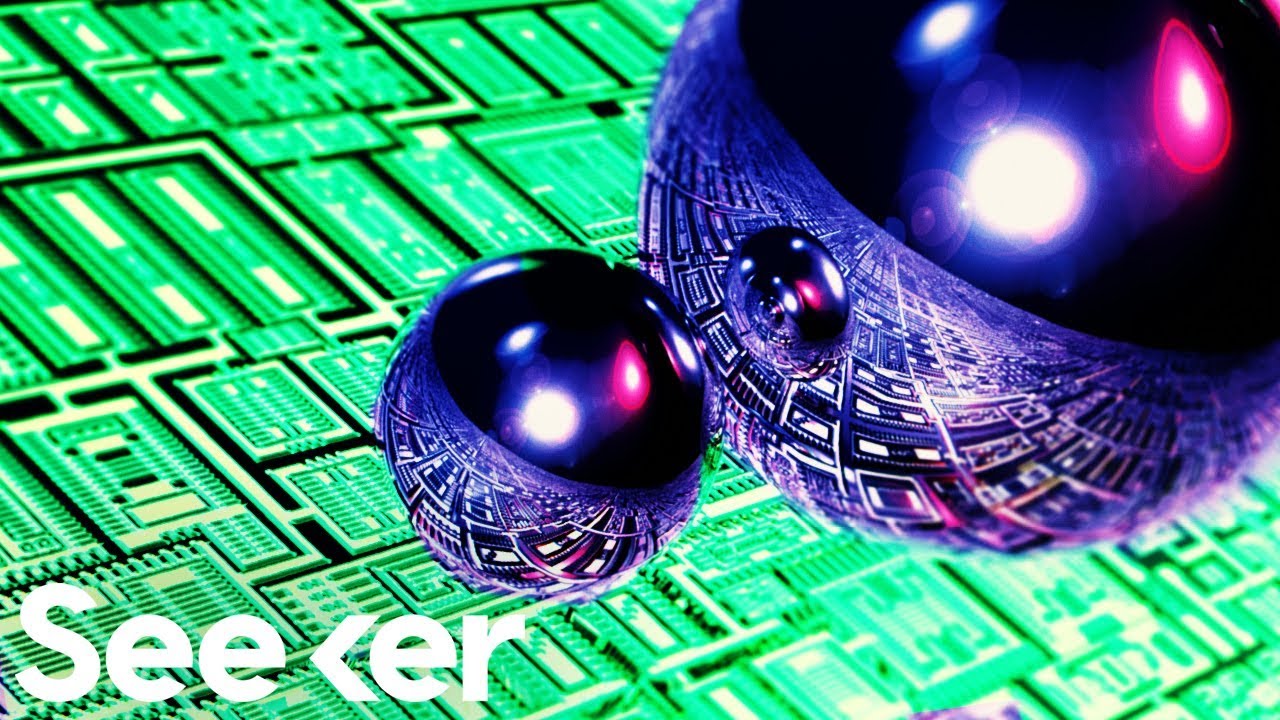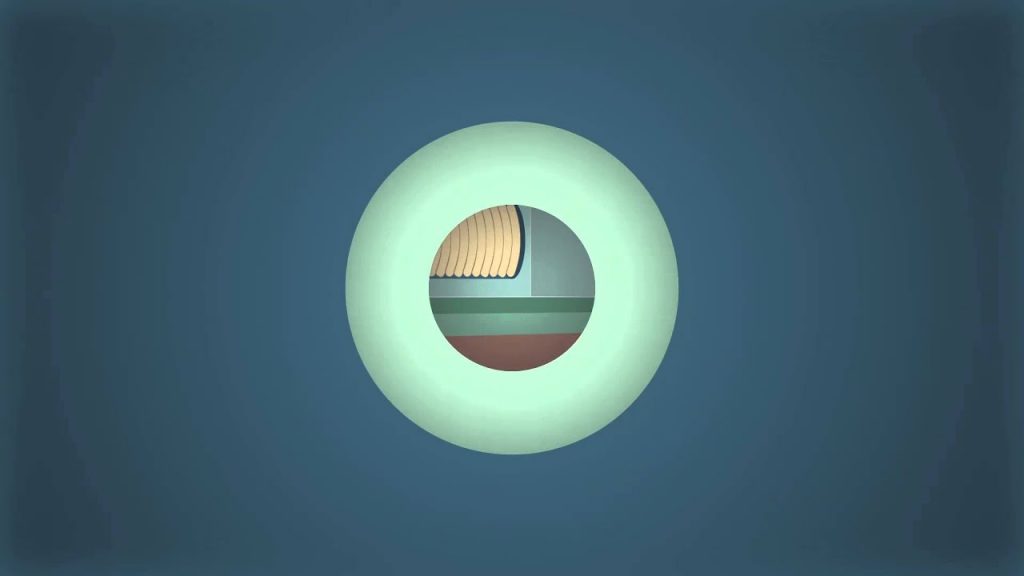Goodbye Silicon! Your Next Computer Chip Could Be Made of Gallium Oxide

Your Next Computer Chip
A new material may be coming for ‘Silicon Valley’ as researchers are looking towards gallium oxide to produce faster computer chips than ever before.
The world of technology is always evolving, and one of the most crucial components in technology is the computer chip. For decades, silicon has been the material of choice for developing computer chips, and it has given us some of the most groundbreaking innovations in the industry. However, with the ever-increasing need for more efficient and faster technology, researchers are now exploring alternatives to silicon, and gallium oxide emerges as a promising substitute.
Gallium oxide (Ga2O3) is a semiconductor material that offers numerous advantages over silicon. One of its main advantages is its exceptional ability to handle high voltages, making it highly suitable for power electronics. Additionally, gallium oxide has a much wider bandgap than silicon, which means it requires less energy to switch on and off. This makes it highly energy-efficient and capable of handling higher temperatures without damage, which is essential for developing high-performance devices.
In recent years, researchers have developed new techniques for growing high-quality gallium oxide wafers with a low defect density, making it a more practical option for mass production. These advancements have resulted in a significant level of interest from the semiconductor industry, with companies investing heavily in researching and developing gallium oxide technologies.
Several companies have already started exploring the potential of gallium oxide. For instance, Japanese semiconductor manufacturer Efficient Power Conversion (EPC) has developed a gallium oxide-based transistor that can handle voltages at 1,200 volts about four times the limit of silicon-based technology. This allows the device to work more effectively, using less energy and emitting less heat.
In addition to power electronics, gallium oxide has potential applications in optoelectronics, sensors, and light-emitting diodes (LEDs). Its wide bandgap means that it has excellent optical properties, enabling it to produce high-quality LEDs that are more efficient and brighter.
While there are still some challenges regarding the manufacturing of gallium oxide, its promising characteristics suggest that it has the potential to revolutionize modern technology. Its energy efficiency, high voltage-handling ability, and exceptional performance at high temperatures could lead to significant improvements in everything from electric vehicles and renewable energy systems to consumer electronics.
In conclusion, gallium oxide offers an exciting opportunity for the semiconductor industry to develop a new generation of faster, more efficient, and cost-effective technology. While silicon has been an excellent material for computer chips, its limitations have become increasingly evident. With its unique properties, gallium oxide could be the game-changer that the industry needs to keep up with the ever-evolving demands of modern technology. So, say goodbye to silicon and hello to gallium oxide – the future of computer chips.









5 AWESOME PERSONAL TRANSPORTATION MACHINES that You can Buy Now
Tesla Valve Explained With Fire
Hyperloop Explained | The B1M
Tesla Autopilot For 24 Hours Straight!
What we learned from building a medical technology startup | Fouad Al-Noor | TEDxTUBerlin